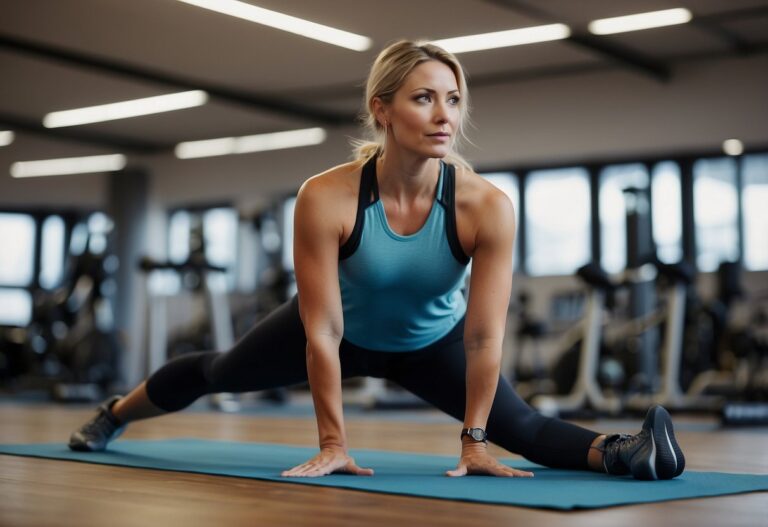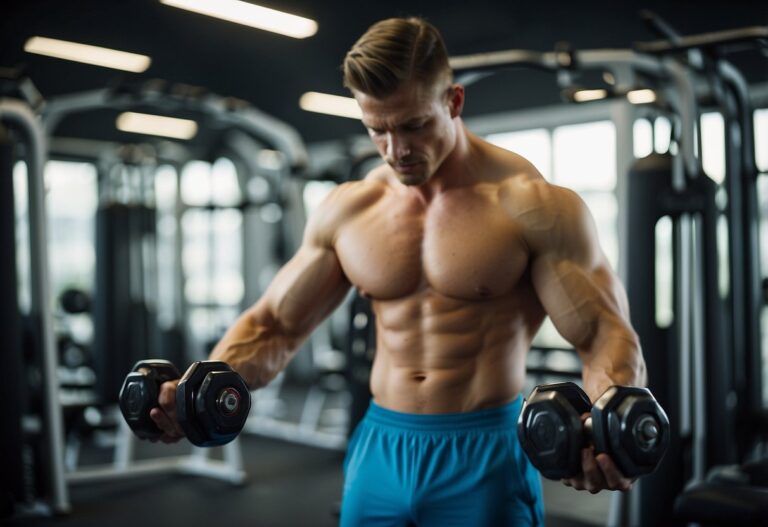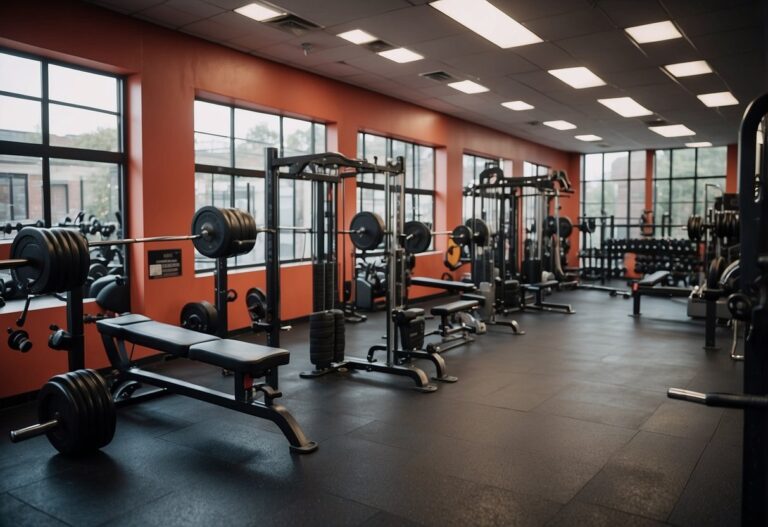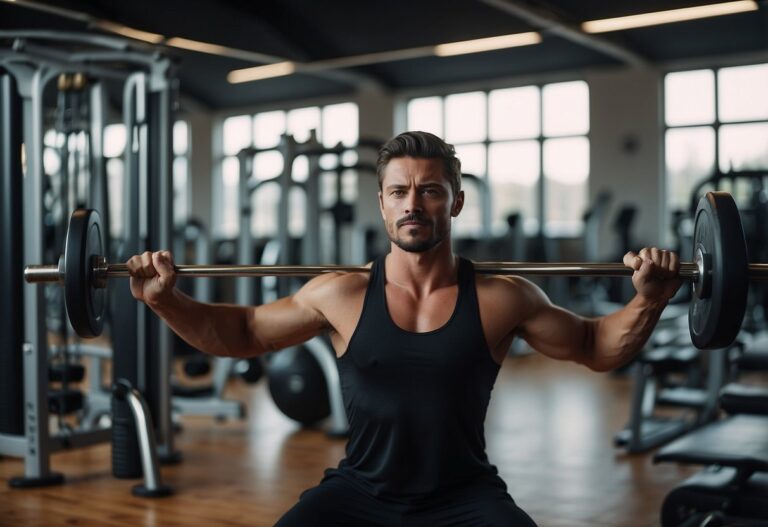Working out your biceps effectively can be a game-changer in your fitness journey. Whether you’re a beginner or have been hitting the gym for years, understanding the best techniques and tips for biceps workouts can greatly enhance your results. The key is knowing which exercises will maximise muscle growth while preventing injury.
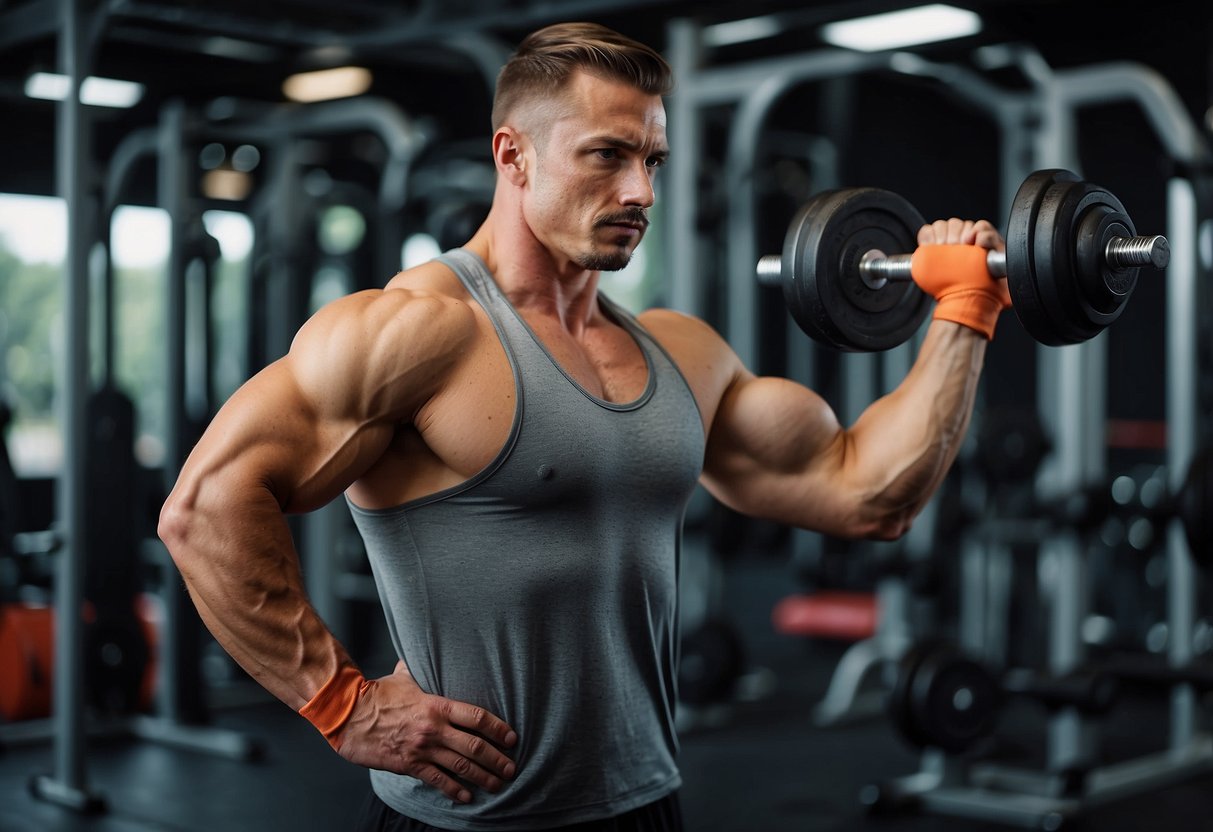
Building strong biceps not only improves your overall arm strength but also boosts your confidence and appearance. It’s essential to incorporate a variety of exercises and maintain proper form to see the best results. By following expert advice and tried-and-true methods, you can ensure your biceps workouts are both efficient and effective.
Preacher Curls with an EZ Bar
Preacher curls with an EZ bar are great for focusing on your biceps. First, adjust the preacher bench so your upper arms rest comfortably on the pad. Your chest should touch the pad for stability.
Grip the EZ bar with your hands shoulder-width apart. A narrow or wide grip can both work, but find what feels best for you. Keep your palms facing up and your back straight.
Once you’re set, lift the weight off the rack slightly bending your arms. Curl the bar up towards your shoulders in a controlled motion. Focus on your biceps doing the work, not swinging or using your body. Always use a weight that challenges you without sacrificing proper form. Adjust as needed to ensure both safety and effectiveness.
For more detailed steps, check out this guide on the EZ bar preacher curl.
Concentration Curls for Peak Contraction
Concentration curls are fantastic for isolating your biceps and achieving a peak contraction. When you do these correctly, you can really feel the muscle working.
Sit on a bench with your legs spread. Hold a dumbbell in one hand, and rest your elbow on the inside of your thigh.
Slowly curl the dumbbell up while keeping your torso still. Emphasise squeezing your biceps at the top of the movement. This focus helps to maximise the muscle tension.
You can perform 3 sets of 8 to 12 reps per arm, keeping your movements controlled. This avoids using momentum and ensures effective bicep isolation.
Hammer Curls for Brachialis Development
Hammer curls are a key exercise for working the brachialis muscle. Unlike traditional bicep curls, you use a neutral grip where your palms face each other. This grip helps target the brachialis and brachioradialis muscles.
You will notice that with hammer curls, you can create more muscle growth by adding variety to your routine. You might find that your arms look more defined with regular practice.
Adding hammer curls to your workout can also improve your grip strength. By holding the dumbbells in a neutral position, your forearms work harder, making them stronger. This is especially useful for other exercises that require a strong grip.
Incorporate hammer curls into your upper body workouts. Doing 3 sets of 6 to 8 reps with a heavier weight than usual is a great start. This routine can help with balanced muscle growth and increasing overall arm strength.
Incline dumbbell curls for stretch and strength
Incline dumbbell curls are excellent for strengthening your biceps and improving their flexibility. When you perform these curls on an incline bench, you target the long head of your biceps more effectively.
To start, set the incline bench at about 45-65 degrees. This angle adds extra resistance to your workout. Be sure to sit with your back firmly against the bench.
Use a supinated grip (palms up) and slowly curl the dumbbells towards your shoulders. This exercise helps you achieve a full stretch at the bottom of the movement, leading to better muscle growth and flexibility.
Remember, control the weights on the way down to maximise tension. This ensures you’re working the muscle fully during both the lifting and lowering phases. This will help you build stronger and bigger biceps.
For more tips and a detailed guide, check out this incline dumbbell curl exercise.
Reverse Curls to Target Forearms and Biceps
Reverse curls are excellent for developing both your forearms and biceps. Unlike regular bicep curls, you perform reverse curls with an overhand grip, which engages your forearms more effectively.
To do the exercise, grab a pair of dumbbells or a barbell with your palms facing down. Lift the weights by bending your elbows while keeping your wrists straight.
This move not only increases the strength of your biceps but also works your brachioradialis, a muscle in your forearm that often gets neglected. Reverse curls help you achieve balanced muscle development in your arms.
Try incorporating this exercise into your routine to see improved arm strength and size. For detailed guidance on reverse curls, visit Reverse Curls Guide – Muscles Worked, How-To, Benefits, Tips.
Chin-ups to Engage the Entire Upper Body
Chin-ups are a powerful exercise that targets many muscles in your upper body.
When you grab the bar with an underhand grip, your palms face towards you. This position engages your biceps effectively. Your upper back, particularly the latissimus dorsi, also works hard during this exercise.
As you pull yourself up, your shoulders and forearms get activated too.
To make the most out of chin-ups, ensure you pull your shoulder blades down and together. This will help you engage your lats and upper back muscles more.
Remember to keep your core and glutes tight while performing chin-ups. This makes your body more rigid and helps with stability.
If you’re new to chin-ups, start by hanging onto the bar with straight arms for about 10 seconds. This helps you build grip strength. Gradually, you can work your way up to longer durations.
Practising chin-ups can be a great way to build up overall upper body strength and muscle tone. This simple yet effective exercise can be a staple in your bicep workout routine.
Cable Curls for Constant Tension
Cable curls are great for keeping tension on your biceps throughout the entire movement.
Stand upright facing the cable machine. Keep your feet shoulder-width apart and grab the bar with an underhand grip. Make sure your core is braced and your shoulders are pulled back.
As you curl the weight towards your chest, only your forearms should move. Keep the cable under tension by not letting the weights return to the stack completely.
For best results, try pausing for a second at the top of the curl. This helps to maximise muscle engagement and growth. Try incorporating this exercise into your biceps routine for better overall gains.
Zottman Curls for Bicep and Forearm Growth
If you’re looking to build both your biceps and forearms, Zottman curls are a great option. This exercise combines a traditional bicep curl with a reverse curl, targeting multiple muscle groups.
To perform a Zottman curl, start by holding a dumbbell in each hand with your palms facing up. Curl the weights up as you would in a regular bicep curl.
Once at the top, rotate your wrists so your palms face down, then lower the weights in a reverse curl. This engages your forearms as well as your biceps, making the exercise more effective.
You can modify the Zottman curl to match your fitness level. To make it easier, use lighter weights or do fewer reps. To make it harder, use heavier weights or increase the number of reps.
Adding Zottman curls to your routine can improve both your arm strength and grip endurance. Give them a try and see how quickly you can build muscle in your biceps and forearms. For more details, check out this guide.
Remember to focus on form to avoid injury and get the best results from this powerful exercise. Using Zottman curls effectively can enhance your overall arm workout and help you achieve balanced muscle growth.
21s (sevens) to Fatigue All Areas of the Biceps
21s, also known as sevens, target the entire bicep effectively. This method breaks one set into three distinct parts, each consisting of seven reps.
First, you’ll curl the barbell from the starting position to halfway up. Do this for seven reps to hit the lower biceps.
Next, curl from the halfway point up to your shoulders for another seven reps. This part focuses on the upper biceps.
Finally, perform seven full-range curls. This last part works the entire bicep, maximising fatigue and growth.
You can use a barbell, dumbbells, or even a fixed bar to perform 21s. Experiment to see what works best for you.
For details on how to do 21s check out this guide.
Spider Curls for Isolation and Focus
Spider curls are great for targeting your biceps. They really help to isolate that muscle. To start, set an incline bench to a 45-degree angle. Make sure your chest presses firmly against the pad. Grab your dumbbells, and you’re ready to go.
Keep your form strict. Your upper arms shouldn’t move. Only your forearms should bend. This helps keep the focus solely on your biceps.
Feel the burn. When you curl the weights towards your shoulders, squeeze your biceps hard. Hold it there for a second. This squeeze is where the magic happens. For more details, check out this guide on spider curls.
Don’t rush through. An even tempo is key. Aim for 8-10 reps to start. Take a short break, then go for another set. Feeling strong? Move up to 12 reps per set. Remember, the goal is to keep constant tension on your biceps throughout.
If done correctly, spider curls can really help you build those biceps. Try incorporating them into your routine next time you’re at the gym. For more tips, have a look at this detailed article.
Anatomy of the Biceps

Understanding the anatomy of the biceps can help you tailor your workouts for better results. This section will cover the key muscles involved in arm flexion and their functions.
Biceps Brachii
The biceps brachii is what most people think of when they refer to the biceps. This muscle actually has two heads: the short head and the long head. The short head is located on the inside of the arm, while the long head sits on the outside. Together, they work to flex the elbow and rotate the forearm. When you’re doing a biceps curl, it’s these muscles that are contracting to lift the weight. Strengthening both heads can give your biceps more definition and size.
Brachialis
Located underneath the biceps brachii, the brachialis is often overlooked but is crucial for arm size and strength. It lies deeper in the arm and attaches to the humerus (upper arm bone) and ulna (one of the forearm bones). When you flex your elbow, the brachialis provides a lot of power. In fact, it generates more force than the biceps brachii during elbow flexion. Training this muscle with exercises like hammer curls can add overall thickness to your arms.
Brachioradialis
The brachioradialis runs along the forearm and helps with flexing the elbow, especially when your arm is in a neutral grip, like when you’re holding a hammer or a thick bar. It’s a long muscle that contributes to the bulk of the upper forearm. While not as prominent as the biceps brachii, it plays a key role in arm strength and stability. Strengthening this muscle can improve your grip strength, which is useful for many compound movements like deadlifts and rows.
Using this knowledge, you can create a balanced workout that targets all these muscles for better arm development. Think about how each exercise hits these specific parts of your biceps and surrounding muscles, and remember to mix in different types of curls and grips to achieve well-rounded growth.
Tips for Effective Biceps Workouts
Focusing on the right techniques can greatly improve your biceps gains. Here are some crucial points about warming up properly, optimising your reps and sets, and maintaining good form and posture.
Proper Warm-Up Techniques
Warming up is essential to prevent injury and prepare your muscles for exercise. Start with 5-10 minutes of light cardio, such as jogging or cycling, to increase your heart rate and blood flow. Follow this with dynamic stretches like arm circles and shoulder rolls to loosen up your joints.
Including specific warm-up sets using lighter weights before moving to your working sets can further prep your biceps. These sets should be performed with the same movement patterns as your main exercises.
Optimising Reps and Sets
Finding the right balance of reps and sets is key for muscle growth. For biceps, aim for 8-12 reps per set, which is ideal for hypertrophy. Performing 3-4 sets per exercise is usually effective.
Changing your rep range occasionally can also be beneficial. For instance, try doing lower reps (3-6) with heavier weights to build strength or higher reps (15-20) with lighter weights to build endurance. Tracking your progress and adjusting your plan accordingly helps in achieving steady growth.
Importance of Form and Posture
Maintaining proper form and posture during biceps exercises is critical to avoid injuries and maximise gains. Keep your back straight and shoulders relaxed. Avoid swinging the weights or using momentum as this takes tension off your biceps and decreases effectiveness.
For instance, during a bicep curl, tuck your elbows close to your body and focus on using only your biceps to lift the weight. Using a mirror for feedback or seeking advice from a trainer can help ensure you are performing exercises correctly.
Adhering to these tips can make a noticeable difference in your biceps workout, helping you achieve the best possible results while maintaining safety and effectiveness.


